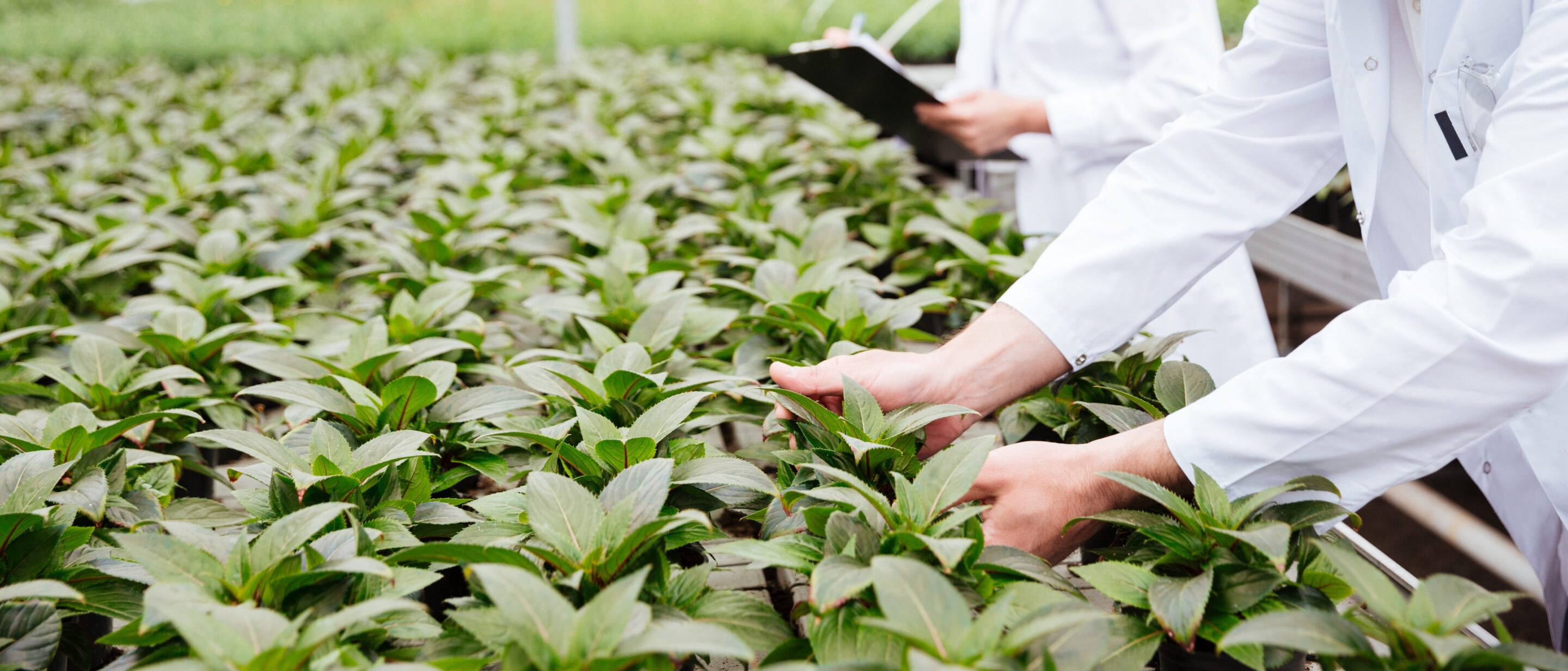These changes may affect essential processes for plant growth, including microbial carbon recycling—a process that occurs when soil bacteria and fungi die and their remains are transformed into organic compounds that enhance carbon capture and storage in the soil. In the current context of climate change, understanding which practices help preserve this capacity is crucial, as it not only improves soil fertility but also contributes to reducing carbon dioxide emissions into the atmosphere.
Published in Environmental Microbiome, the study compared agricultural soils with at least a decade of crop rotation to nearby native grasslands under similar climate and soil conditions. Native grassland soils, which still cover around 50% of Uruguay’s territory, host microbial communities—bacteria, viruses, and fungi—that play active roles in the carbon, nitrogen, and phosphorus cycles, making them vital for both production and the environment.
To better understand the impact of agriculture on soil microbial communities, the research team—part of the doctoral thesis of Matías Giménez, a researcher at the Microbial Genomics Laboratory of the Institut Pasteur de Montevideo—used bioinformatics tools to analyze a large dataset of genomic sequences. This allowed them not only to identify which microorganisms were present in the soil but also to determine their functions within the ecosystem.
The results showed that grassland soils harbor greater fungal diversity than agricultural soils, likely linked to the intensive use of fungicides. They also observed an increase in pathogenic fungi—those that cause disease—and a decline in fungi that are beneficial to plants.
Regarding soil bacteria, while overall diversity did not decrease, shifts in composition were evident. For instance, there was a decline in beneficial genera such as Bacillus and Streptomyces, both known for their roles in soil fertility and plant defense.
The study also detected a lower presence of bacteriophages—viruses that infect bacteria and help regulate their populations while contributing to nutrient release. Their reduced presence could therefore negatively affect carbon recycling derived from bacteria.
Additionally, grassland soils showed greater richness and abundance of genes and enzymes involved in nitrogen and phosphorus cycling.
Interestingly, although agricultural soils contained higher levels of total phosphorus, their microbiomes were less efficient at mobilizing and recycling this nutrient.
According to the authors, the study takes on particular importance in the context of Uruguay’s rapidly changing landscape. Between 2001 and 2019, nearly one million hectares of grasslands were lost, driven by rising global demand for agricultural commodities.
Based on this new evidence, the researchers stress the need to adopt more sustainable agricultural practices that preserve microbial biodiversity and enhance soil resilience—both essential for long-term productivity and mitigating environmental impacts. The study offers new insights into how land use affects not only what grows above ground but also the “invisible allies” that sustain ecosystem health from within the soil.
Giménez, M., Berenstecher, P., Ligrone, A., Iraola, G., & Piñeiro, G. (2025). Soil microbiome analysis of Uruguayan grasslands and croplands reveals losses of microbial diversity and necromass recycling traits. Environ Microbiome, 20(1), 96. https://doi.org/10.1186/s40793-025-00696-4


